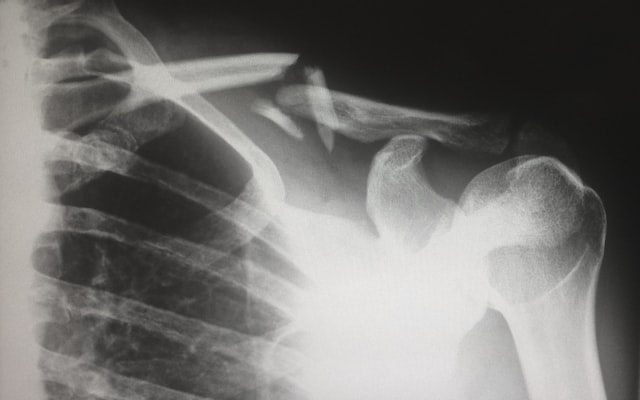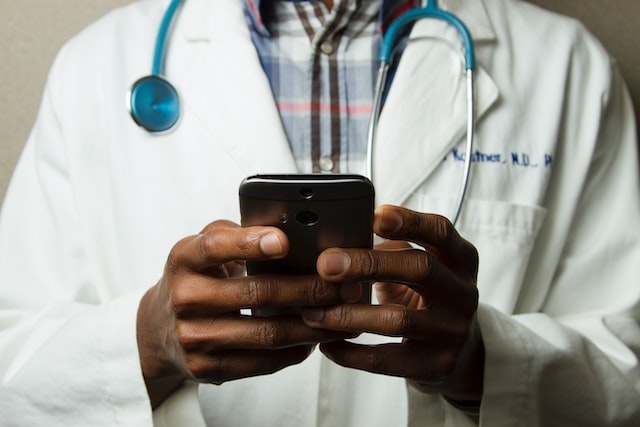In Chinese medicine, clearing heat is a commonly used term to describe the process of reducing inflammation and fever in the body. This concept is based on the belief that excessive heat or fire energy can disrupt the balance of yin and yang, which leads to various health problems.
Symptoms of Heat in Chinese Medicine
Heat is a common symptom of many diseases, including infections, digestive disorders, skin problems, and respiratory issues. Some common symptoms of heat in Chinese medicine include:
- High fever
- Redness and swelling
- Thirst and dry mouth
- Restlessness and irritability
- Rapid heartbeat
- Yellow urine or stools
Causes of Heat in Chinese Medicine
According to Chinese medicine theory, there are several causes of heat in the body. These include:
- External factors such as exposure to hot weather or pathogens like viruses or bacteria.
- Internal factors such as emotional stress, poor diet, lack of sleep, or overwork.
- Congenital factors refer to imbalances inherited from parents.
Treatment Methods for Clearing Heat
Clearing heat is an essential part of Chinese medicine treatment. The goal is to restore balance by reducing excess heat and promoting the flow of qi (vital energy) throughout the body. Here are some common methods used to clear heat:
Herbal Formulas
Chinese herbs are often used to clear heat from the body. Some commonly used herbs for this purpose include the honeysuckle flower (Jin Yin Hua), chrysanthemum flower (Ju Hua), dandelion (Pu Gong Ying), and mint (Bo He). These herbs can be combined into formulas tailored to each person’s specific needs.
Acupuncture
Acupuncture is another effective way to clear heat from the body. By inserting thin needles into specific acupuncture points along meridians (energy pathways), acupuncturists can help regulate the flow of qi and reduce inflammation.
Dietary Changes
Dietary changes can also help clear excess heat from the body. Foods that are cooling in nature such as watermelon, cucumber, mung beans, and lotus root can be beneficial for people with excess internal heat.
Lifestyle Modifications
Lifestyle modifications such as stress reduction techniques like meditation or yoga can also help reduce internal heat.
Conclusion
Clearing heat is an important concept in Chinese medicine that involves reducing inflammation and promoting balance within the body. By using a combination of herbal formulas, acupuncture, dietary changes, and lifestyle modifications individuals can improve their overall health by restoring balance within their bodies. If you are experiencing symptoms associated with excess internal heat it may be helpful to consult with a qualified practitioner of traditional Chinese medicine who can help tailor a treatment plan specifically designed for your needs.






